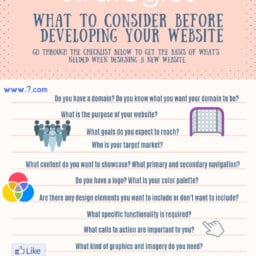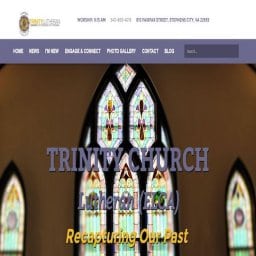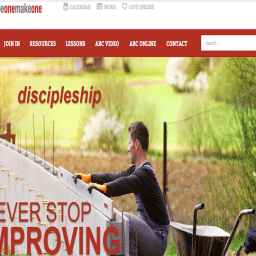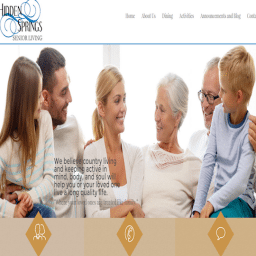 Let’s just get this out there…. building a spectacular website is a 2-way street.
Let’s just get this out there…. building a spectacular website is a 2-way street.
When clients feel like their websites aren’t what they expected (in a bad way), it’s often the result of a disconnect or miscommunication between the project manager and client. Sometimes, it’s the PM’s fault; other times, it’s the client’s. For the purpose of this article, we’ll look at what YOU can do to ensure that you remain a good web design client.
We just want to start by saying that we love and appreciate every single client we get the opportunity to work with. Almost every project will have a hiccup or two, but for this article, we’re talking about those projects that make us reconsider our entire relationship with the client.
imFORZA listed 13 characteristics of a bad web design client…
- You expect more design work than what you paid for
- You think that every web design task should always be turned around in minutes
- You put in last-minute requests that are always needed ASAP
- You are extremely vague with design preferences or requested feedback
- You ask to copy someone else’s web design exactly as is
- You like to fax photos or copy that you want used in your web design
- You ask your web designer for help with everything, but web design (eg. how to fix your fax machine)
- You threaten your designer with taking your project overseas to someone cheaper
- You go MIA for weeks or months without notice when design feedback is requested
- You offer a payment that is far less than what you’ve been quoted
- You try to teach web design best practices to your web designer
- You completely switch design direction after approving design compositions
- You treat your web designer like a low skill, replaceable employee
For a laugh, check out one of our favorite posters, How a Web Design Goes Straight To Hell.
Now that we’ve gotten the negative points out of the way, you may be wondering how you can be a good web design client. Here are our tips:
Learn how to communicate what you want.
It’s your designer’s job to take some basic information about your business and use it to guide the creative process of building your site. You should be able to provide the following information in a clear and concise way:
- Business goals and objectives
- Ideal customers (or at least a rough idea of them)
- Brand specific guidelines, including colors, logos, and other criteria
- The overall personality you want your site to convey
Leave your designer some room for creativity, but in your discovery meeting, give him or her some sort of starting point. Be prepared to offer concrete examples of what you like and what you don’t like. If you can’t articulate the concept of your business clearly, the website will be as muddled as the instructions you gave them.
Don’t expect to see the project before it’s ready.
Any decent designer will provide you with regular progress reports throughout the design process. However, asking to see the project while it’s still being developed can lead to all sorts of issues.
For example, say you’re cooking a roast. It can be really tempting to keep opening the oven door to check how it’s coming along. However, every time you open the oven door, heat escapes and the roast will take longer to cook. My mom would always check the temperature on a roast by opening the oven door, sticking the thermometer in, and waiting…waiting…for it to reach the right temperature. All while keeping the oven door open. And we wondered why dinner was taking so long!
Websites are the same way. If you’re constantly trying to “peek” and give feedback before the prototype is ready to be shared, you’re just going to use up more time, and ultimately, more money in the process. Your designer most likely knows what needs more work and may even be in the middle of making changes, but you just can’t see them yet.
Give feedback, when asked.
Instead of blurting out every change that you want to make during the design process, make a list of helpful feedback so it’ll be available when your project manager asks for it. Whether it’s a font you don’t like, a different shade of blue, or some other change, you should be prepared to ask for it when the time comes. Just don’t wait until the site is launched to speak up. Any decent designer will ask for feedback as part of the process.
Don’t expect content creation, unless you paid for it.
A web designer’s job is to make sure your site looks fantastic and is fully functioning, but they can’t do everything. When you provide designers with real content, such as site copy, images, and videos, they’ll get a better understanding of your brand. They’ll be able to lay out and design your website based on the tone of the material you’ll be displaying.
Always assume that creating material for your website is your responsibility, unless of course you agreed to pay for content creation. This makes the overall website more cohesive and helps ensure it’s delivered to you on time.
Trust your designer.
Designers are experts who build entire careers on building websites; they know what they’re doing, and they know what’s good for your business website.
Keep an open mind; relax, and let your web designer guide you through the process.
Good sites aren’t cheap and cheap sites aren’t good.
Above all else, always remember that you get what you pay for. A web designer who costs $10 an hour is inexpensive for a reason – generally a lack of experience. You wouldn’t let an inexperienced carpenter build a luxury home for you, right?
A good client/designer relationship is just like any other relationship. When something works, celebrate. When something doesn’t, discuss it with your designer in a productive manner. By remembering our tips, you can and will get an effective website from your design team.
















